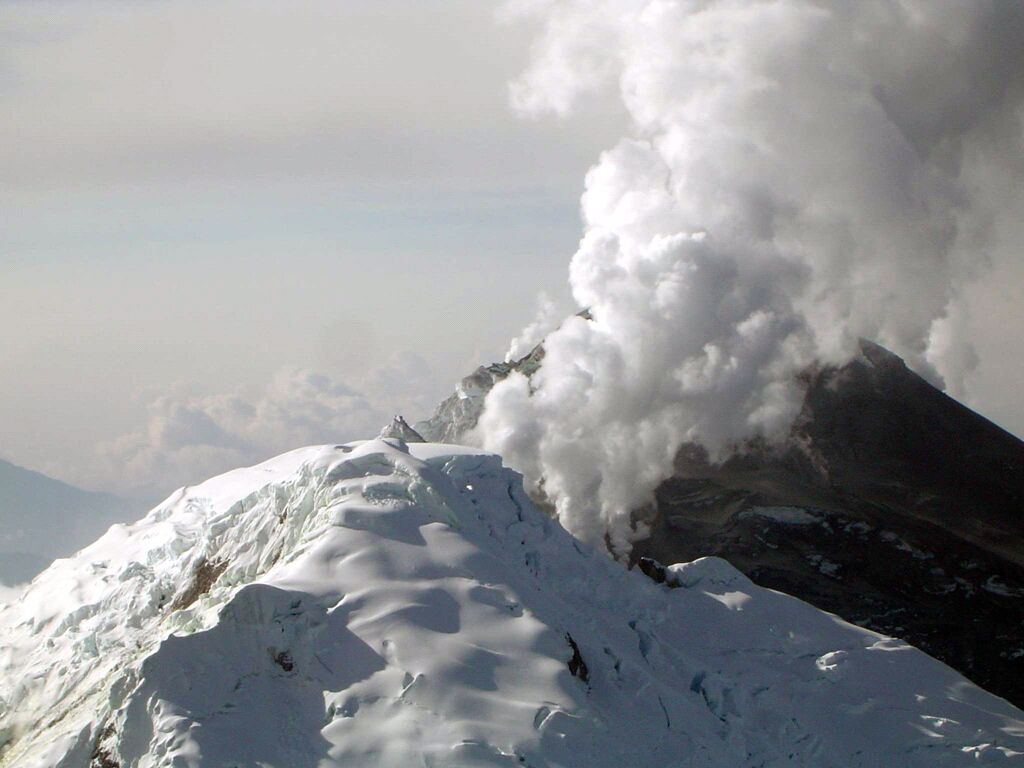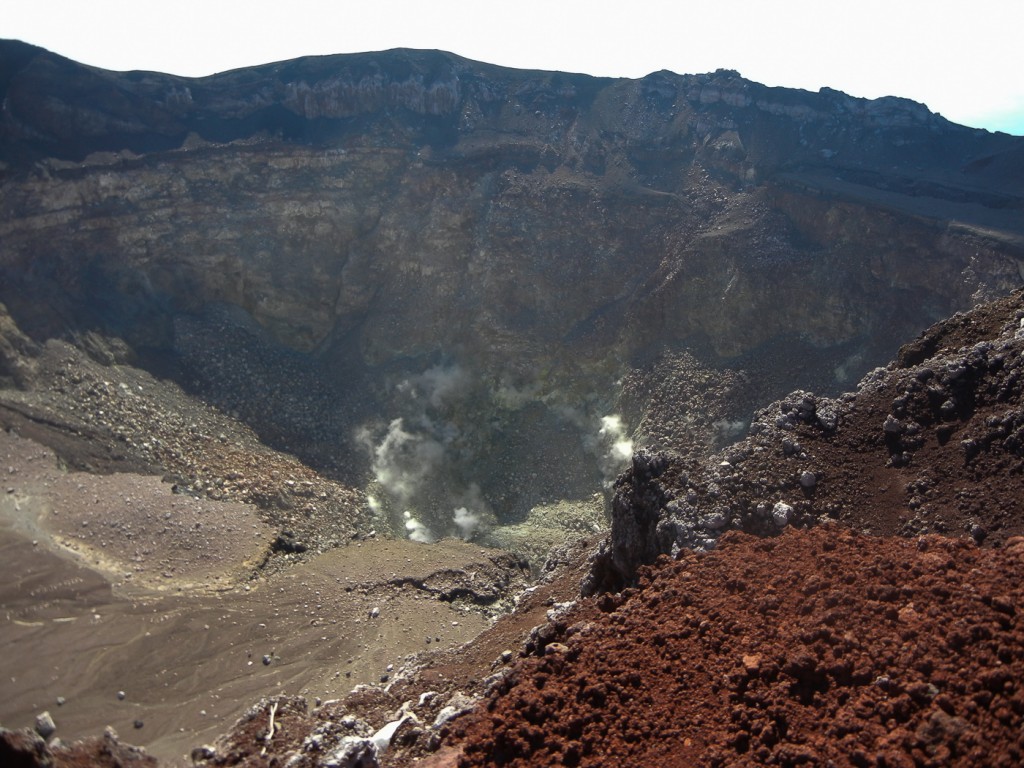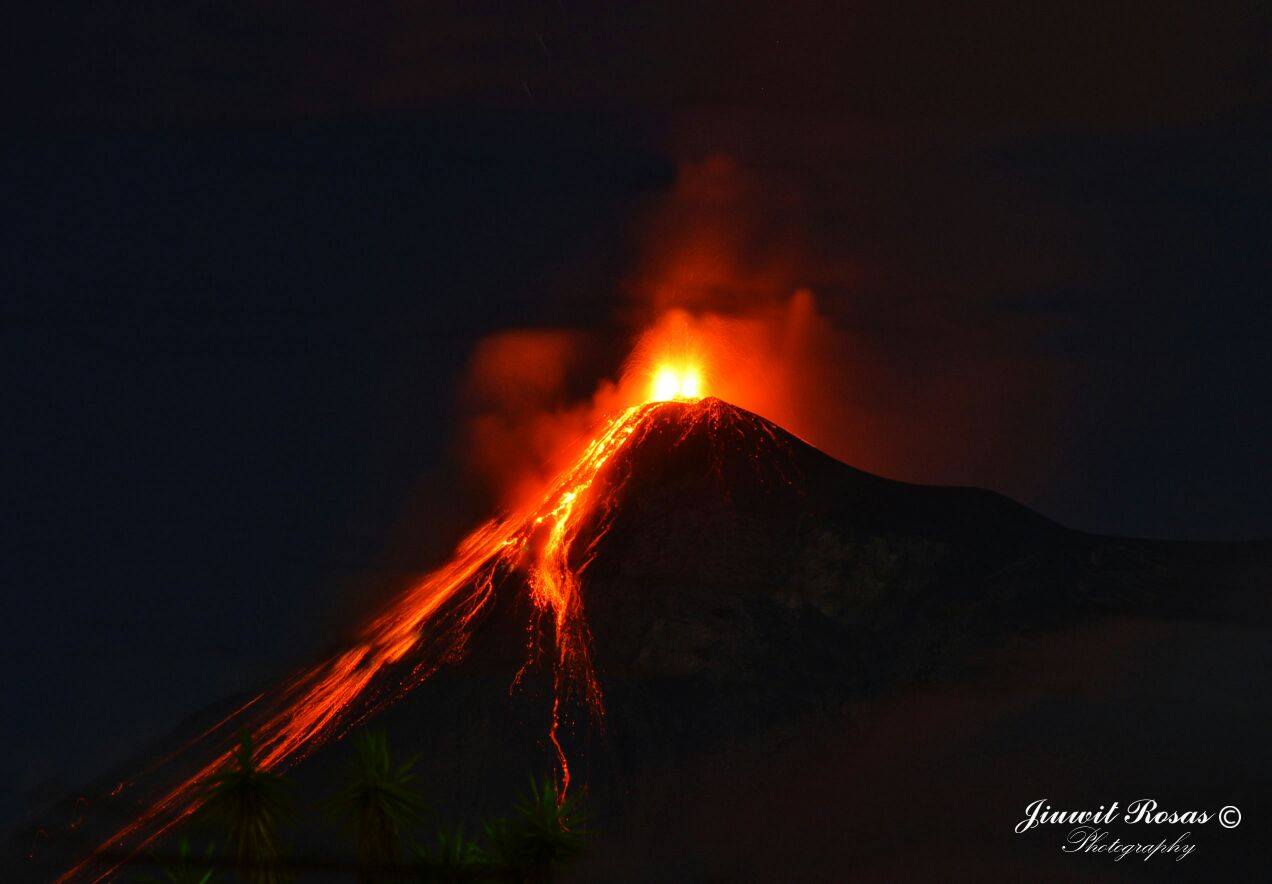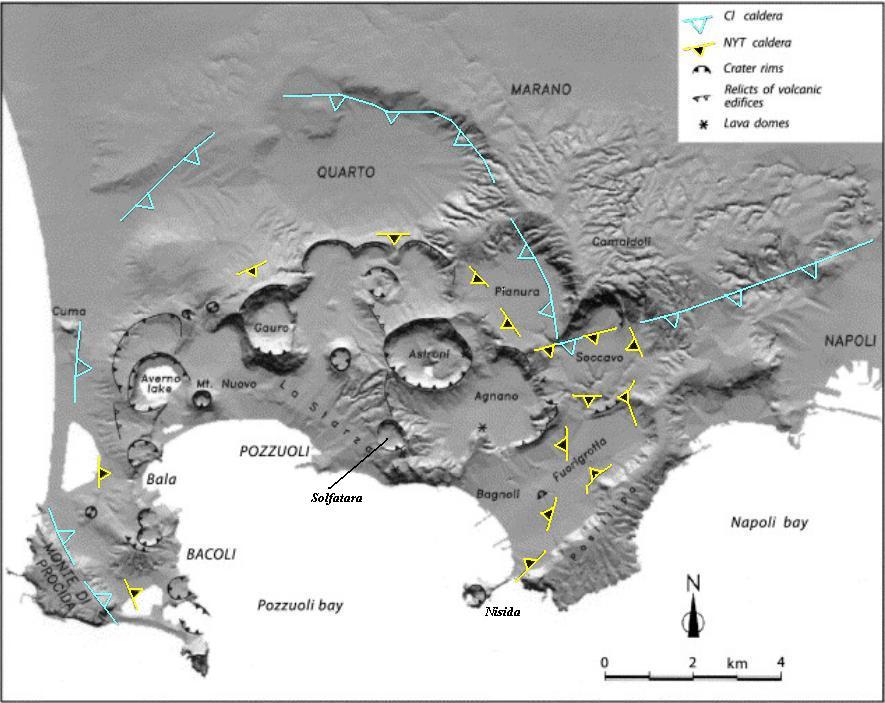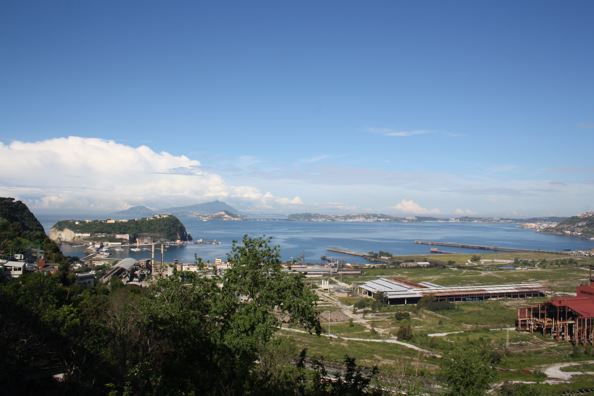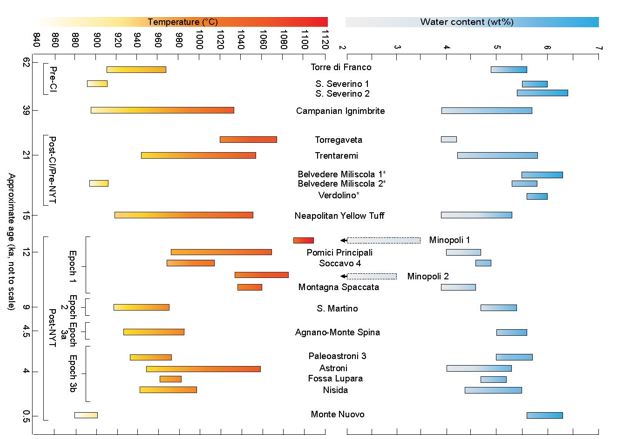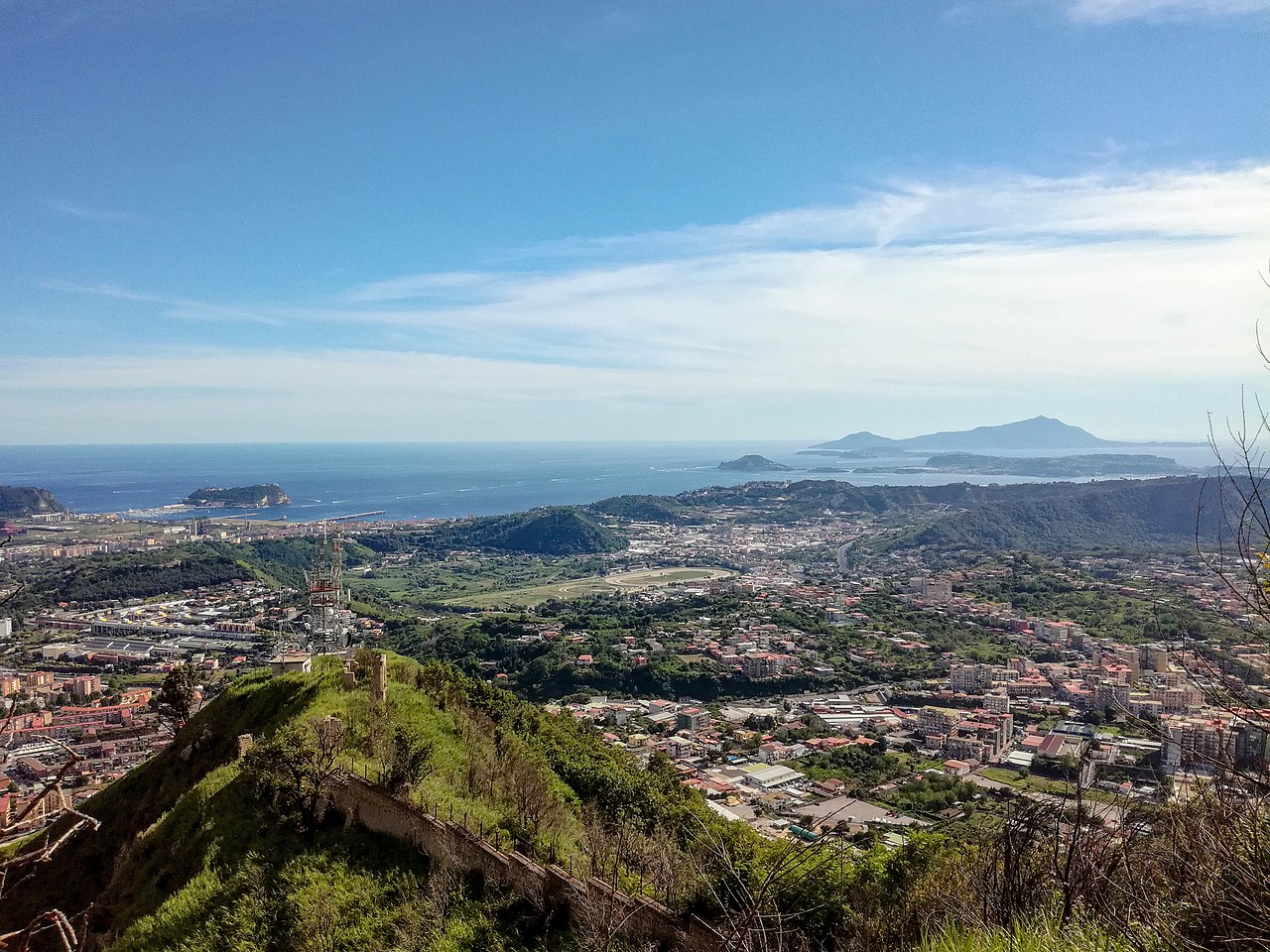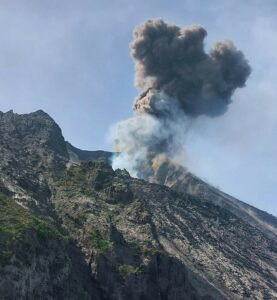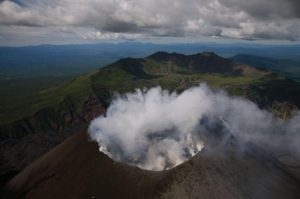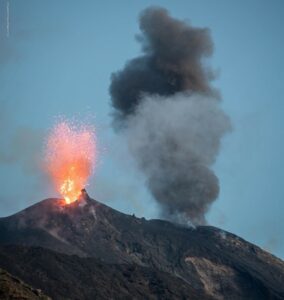November 18 , 2018.
Colombia , Nevado del Huila :
Subject: Weekly activity bulletin of the Nevado del Huila volcano
The level of activity of the volcano continues at the level: yellow activity level or (III): changes in the behavior of volcanic activity.
According to the analysis and evaluation of the information obtained through the monitoring network of the Nevado del Huila volcano, from 6 to 12 November 2018, the COLOMBIAN GEOLOGICAL SERVICE – Volayological and volcanological observatory of Popayán informs that:
• During the evaluated period, 439 seismic events were recorded, of which 199 related to rock fracturing processes (type VT) and 240 to fluid dynamics in volcanic canals. Of these, 226 were classified as long-period events (LP type), seven as low-energy tremor pulses (TR type) and seven were related to both fracture processes and fluid dynamics and have been classified as Hybrid events. (HB type).
• The images obtained during the week by the web cameras of Caloto, Tafxnú, Maravillas and La Palma showed very low levels of degassing of the volcanic system.
Therefore, it is concluded that the volcano exhibited stable behavior during the evaluated period. The Colombian geological service is attentive to the evolution of the volcanic phenomenon and will inform in good time on the changes which could occur.
Source : SGC.
El Salvador , San Miguel (Chaparrastique) :
Location: San Miguel Department
Altitude: 2,130 meters above sea level
Type of volcano: Stratovolcano
Attraction type: Strombolian – Vulcanian
Last major eruption: December 29, 2013.
The seismic vibrations of the volcano fluctuated between 51 and 65 RSAM units per day, or 56 units on average. The presence of micro-earthquakes associated with fluid movements (magma and gas) was reduced by 8.0% compared to the previous month, with an average value of 299 events per day. In total, five microseisms were located, three on the northern flank of the volcano and two on the upper part. Because of their small size, none of these has been perceived by the population living in this part of the volcano.
According to the monitoring data analysis, the activity of the volcano has stabilized. However, changes can occur suddenly, with the possibility of emitting small plumes of gas and ash, with energy similar to those previously experienced, or less likely, to have lava in the crater area. Therefore, the respective monitoring of the processes that the volcano presents continues.
Source : Marn .
Photo : M Faucher
Guatemala , Fuego :
SPECIAL BEFGO VULCANOLOGICAL BULLETIN # 204-2018: INCREASE IN ACTIVITY, Guatemala, November 17, 2018 at 9:00 pm (local time).
Type of activity: Vulcanian
Morphology: Composite Stratovolcano
Location: 14 ° 28’54˝ Latitude N; 90 ° 52’54˝Longitude W.
Height: 3,763msnm.
In the morning of today, a lava flow has been generated towards the Southwest, in the Ceniza Canyon, maintaining this activity during the day, which is why this lava flow has a constant supply . At this moment, it reaches an approximate length of 1300 m. An incandescent reflection is observed on the southwest flank, as well as avalanches in the front part of the flow due to the movement of the flow.
The vibration of the volcanic cone translated into tremor is maintained as in the last days. There are 8 to 14 low to moderate explosions per hour that emit ash columns at an altitude of 4700 m above sea level and are scattered 15 to 20 km to the southwest and west. Low to moderate sounds similar to those of a locomotive are heard constantly. Incandescent pulses are observed at 150 – 200 m with moderate avalanches on the crater contour. Ash particles fall back into the regions of Panimache I, Morelia, Santa Sofia, Sangre de Cristo, Finca Palo Verde, and so on.
For the moment, the seismicity maintains a pattern similar to that of the last days, however, the possibility that new lava flows are generated exists, in the different ravines, as well as sudden events with pyroclastic flows that can descend into any canyons of the Fuego volcano, for which constant surveillance is maintained to prevent any changes in the eruptive configuration.
Source : Insivumeh.
Photo : G. Rosas
Italy , Campi Flegrei :
INGV, a new model for the magmatic system of Campi Flegrei.
Published in Science Advances, new data on the evolution of the magmatic system of Campi Flegrei during the last 60,000 years, during which it is assumed that, with the last eruption of Monte Nuovo in 1538, a new evolutionary phase of life of the caldera could begin.
The hypothesis of the magmatic evolution of Campi Flegrei through a new model over the very long term, that is to say tens of thousands of years, is the result of a long-term magmatic evolution that reveals the beginning of a new cycle of the Caldera of Campi Flegrei, is a work of the National Institute of Geophysics and Volcanology (INGV), Sapienza University of Rome, Federal Institute of Technology Zurich (ETH) and Cardiff University, published in Science Advance. (http://advances.sciencemag.org/content/4/11/eaat9401).
Picture 1 – La Caldera dei Campi Flegrei seen from the eastern edge, Posillipo hill; in the foreground: the Bagnoli ironworks, now obsolete, and on the left, the islet of Nisida. In the background Capo Miseno and Ischia.
« The study, » says Gianfilippo De Astis, researcher at the INGV and author of the research « , is based on a new set of geochemical and textural analysis data of rocks appeared in the Campi Flegrei over the past 60,000 These new data add up and are compared with the large amount of volcanological, petrological, geochemical and geochronological data published over the last 30 years in this region. The objective of this work was to study the magmatic evolution of Phlegraean fields in the long run, that is, tens of thousands of years, because most of the previous studies have focused on single eruptions or short periods of activity. »
During the reporting period (60,000 years), the Campi Flegrei region was hit by two huge eruptions that caused similar collapses in the caldera. The large quantities of magma emitted during these events produced vast volcanic deposits known as Ignimbrite Campana and Neapolitan Yellow Tuff, respectively about 39,000 and 15,000 years old. In addition, it is well known and documented that before and after these two colossal events, there have been dozens and dozens of other eruptions, including about sixty over the last 15,000 years. The study combines (petrological) data from no less than 23 eruptive events, spread over 60,000 years of activity, to understand the two major eruptions that caused the collapse of the caldera and some eruptions occurring before and after including the last, the phlegrean eruption of Monte Nuovo (1538).
« By using a technique that allows to reconstruct the temperature of the magma and its content in water, » the researcher continues, « the study estimated the trend of these two parameters during the eruptive history of Campi Flegrei. On the basis of these data, a thermomechanical model has been proposed concerning the evolution of the magma reservoir during the last 15 000. The model assumes that the phlegrean magmatic system goes through a series of processes: the new magma arrives; magma in the tank and gas extraction, magma cooling, slow sedimentation and finally eruption This approach can also be used to study other caldera systems « .
According to the researchers, the succession of these processes allows the passage of the magmatic system from a condition in which it generates numerous eruptions of small to medium magnitude to a condition in which the eruptions decrease considerably and where the progressive accumulation of siliceous magmas is favored, in a magma chamber located in the upper part of the crust that can grow gradually. The next step is one in which a much larger eruptive event could be generated, able to form a caldera.
Image 2 – Variations in crystallization temperature and water content of magma over time, estimated for the 23 eruptions studied in the Phlegraean Fields. Cyclical trends are defined by a progressive decrease in temperature and an increase in the water content of the eruption magmas, which therefore have similar physicochemical characteristics immediately before the two eruptions of the caldera and the most recent eruption of the eruption of Monte Nuovo (1538 AD).
« The analysis, » continues the expert of the INGV, « focuses on the last part of the history of phlegrean volcanism and allows us to advance an interpretation according to which, from eruptive high frequency eras, it moves slowly towards those with longer parking and accumulation of magmas in the upper crust that preceded in the past the formation of a persistent magma chamber.In this context, the magmas that fed the last eruption of the Campi Flegrei in 1538 have a similar composition and rheology to this type of magma that fueled the initial phases of the great caldera eruptions.However, such an eruption is very unlikely nowadays as there is no experimental evidence that the formation of such a chamber is in progress.
In the distant future that we do not know how to quantify today, the continuous evolution of this process could thus allow a new eruption of caldera « , concludes the researcher.
It is necessary to recall that other recent studies, carried out by other researchers of the Institute, propose different models and interpretations of the evolution of the magmatic system of Campi Flegrei.
In particular, in the current state of knowledge, it is impossible to obtain a certain and unequivocal interpretation of the processes underway in the Campi Flegrei basement.
However, the INGV is committed daily to achieve this fundamental scientific and social goal.
The published research is essentially scientific in nature, with no immediate implications for the aspects of civil protection. Please note that since December 2012, the Department of Civil Protection has raised the Campi Flegrei alert level from green to yellow (« Attention »).
Abstract :
Understanding the mechanisms that control the accumulation of large magmatic silicic bodies in the upper crust is essential in determining the potential of volcanoes to form caldera-forming eruptions. Located in one of the most populated areas of the planet, Campi Flegrei is an active and restless volcano that has caused two caldera-like cataclysmic eruptions and numerous smaller eruptive events over the past 60,000 years. Here, we combine the results of a thorough petrological study with a thermomechanical model to study how the magmatic system passes from small frequent eruptions to large caldera formation events. Our data reveal that the most recent eruption of Monte Nuovo is characterized by highly differentiated magmas, similar to those that fueled the pre-caldera activity and the initial phases of caldera formation eruptions. We suggest that this eruption is the expression of a change of state in magma storage conditions, whereby substantial amounts of volatile substances begin to dissolve in the shallow reservoir. The presence of a dissolved gas phase has fundamental consequences on the physical properties of the reservoir and may indicate that a large body of magma is currently accumulating under Campi Flegrei.
Source : comunicazione.ingv.i . ( comunicazione.ingv.it/index.php/comunicati-e-note-stampa-2/1840-ingv-un-nuovo-modello-per-il-sistema-magmatico-dei-campi-flegrei?fbclid=IwAR2mMSoALSzCsa2pMb5d3Vk2p-v3GuMyrHV3NGlHQIdtseYm0FM8g4N8xCo )
Carte : mellyrocks.wordpress.com
Photo : Baku ( Wikipédia )

